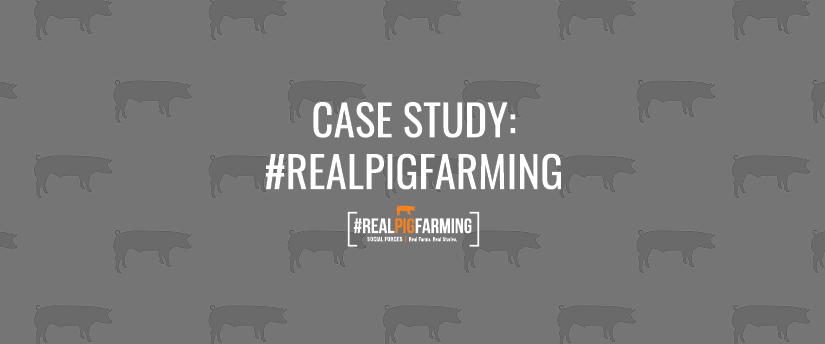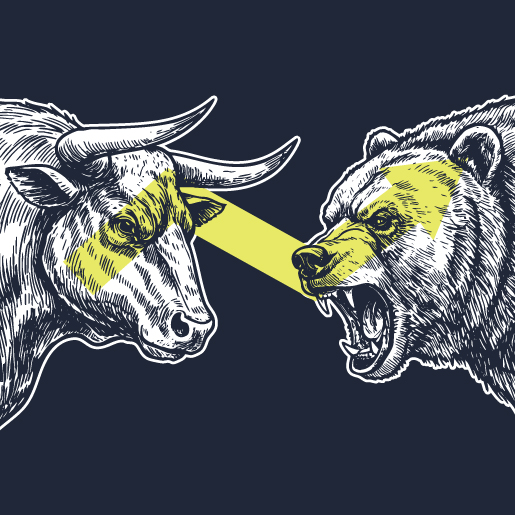In the last decade, food production, especially in the livestock sector, has come under attack from groups opposing animal agriculture. At the same time, more consumers are seeking transparency about how their food is produced.
The Situation
Many myths about the pig farming industry have been perpetuated by a vocal opposition that had a strong following among some segments of the consumer public. Recognizing this potentially volatile situation, the National Pork Board sought a way to both educate consumers about the people who raise pigs as well as correct any misguided information.
Strategically, we knew putting a face on food production was important. Education needed to start by communicating the community values pig farmers abide by and the common goals of farmers and consumers. We saw the opportunity to not only produce content with this focus, but also encourage pig farmers to engage via social media and share their stories. We knew the common message of the industry’s stewardship to animals, the environment and consumers alike would prevail if only it had a platform.
The Solution
The #RealPigFarming campaign began by identifying farmers and industry members with a willingness to share their compelling stories across multiple media platforms. The cornerstone of the content has been a series of videos profiling farm families whose daily lives in many ways mirror those of the consumers the campaign targets. We produced videos on location at farms around the nation to show real farmers, their families and interests.
Content was created for a variety of social channels, including farmer blogs on RealPigFarming.com, video discussions on Facebook Live, Snapchat takeovers and YouTube videos. Industry groups also became part of #RealPigFarming with 42 state pork associations promoting and leveraging campaign content in promotions and at trade shows, conventions and state fairs.
The Results
The #RealPigFarming campaign exceeded initial expectations by a wide margin, with each video netting more than 800 video views. The introductory video received more than 25,000 unique views, almost 2,000 social media post engagements and more than 132,000 members reached on Facebook.
The most popular video featuring the “Women of #RealPigFarming” yielded 354,000 unique viewers, almost 29,000 social media post engagements and more than 1.1 million people reached. That included more than 7,700 views on YouTube and 500 video views on Instagram. Four other videos produced for the campaign attracted between 7,000 and 44,000 unique video viewers. In all, the #RealPigFarming campaign reached more than 1.7 million people.
LF Newsletter Alert
Want Lessing-Flynn to rock the socks off your inbox with insights and more?




